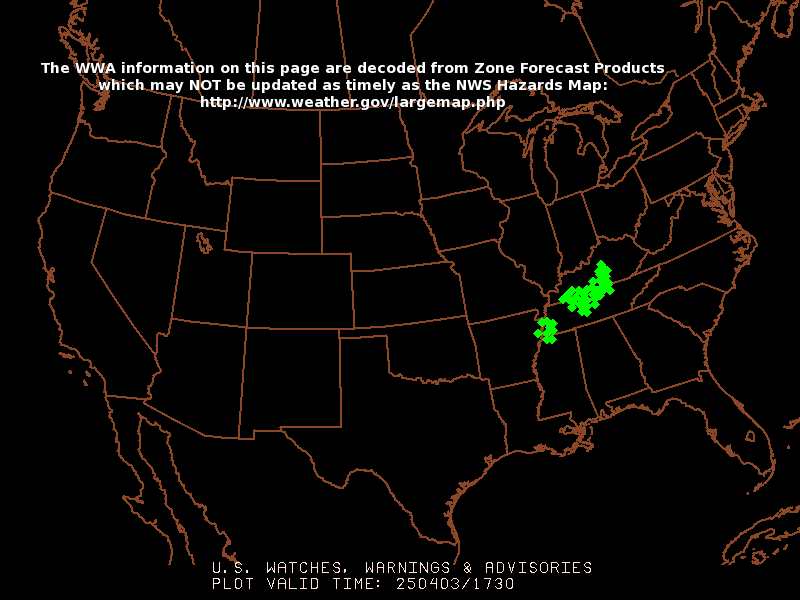Robert's post....
>> Wednesday, March 31, 2010
Today and tomorrow will be about perfect. The rest of the weekend will be hard to beat as well. Temperatures throughout the entire forecast area today will make it to the mid 70s with lows in the upper 40s.
Tomorrow and Friday appear to make a run at the record high temperature. For Greensboro the record for April 1st and 2nd is 85 and 87. As of right now we are forecasting 83 and 87 which should be right at or close to the record highs set in 1986 and 1964.
When forecasting temperatures to a single or a couple degrees it is very difficult and highly variable. Many things influence these temperatures from height thickness which is based on temperatures throughout a pressure level in the upper atmosphere. Temperature advection from another region or pressure level can warm or cool an area through mixing of the planetary boundary level. Slight changes in wind speed or direction can bump or lower a high any given day. Cloud coverage and albedo levels of local topography greatly influence solar radiation absorption. Albedo level is basically a number for local topography ability to reflect or act as a pure black-body radiation source. Snow being bright white, reflects sunlight and would have a high albedo close to 1, and Asphalt being black, absorbs the sun's radiation leading to a low albedo number closer to 0. Urban areas with large areas of development retain heat better and longer than rural areas, leading to the nickname “heat islands”.
On given days when we have a purely westerly flow, which is not the case the next few days (south westerly flow), we receive extra warming through subsidence. When the westerly flow comes down the Appalachians the generalized air parcel in this case is pressurized adiabatically and warmed. It's like a pressure cooker where the air flow is slightly warmed by pressure. This phenomenon is seen quite frequently out west and is known as the Chinook or the Santa Ana winds depending on your location east or west of the Rockies. Chinook, which is a Pacific Northwest Native American word meaning snow eater, greatly influences wild fire season west of the Rockies. The Santa Ana winds are a local easterly wind that down slope off the Sierra Nevada's affecting California. Not only does this down sloping wind warm, the air parcel also loses moisture leaving it dry. The warming combined with low humidity levels is a nightmare for firefighters and has to be monitored closely during the season.
Robert Elvington
robert.elvington@gmail.com

0 comments:
Post a Comment